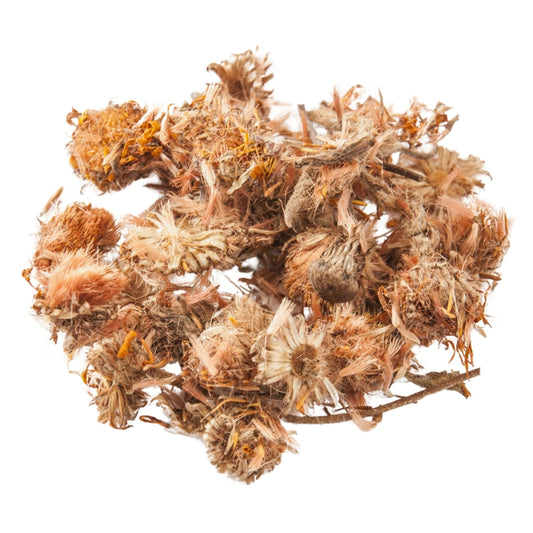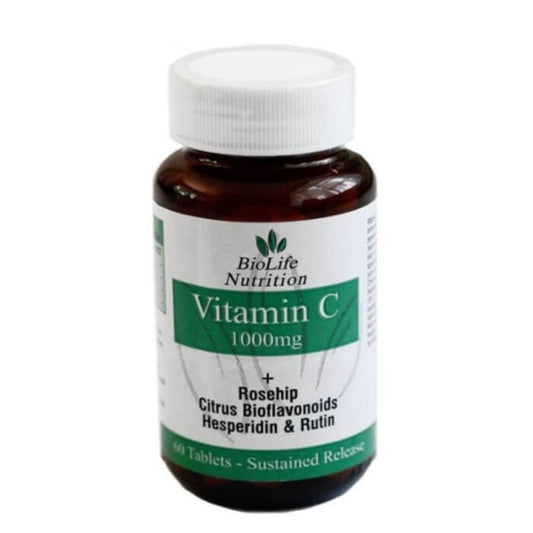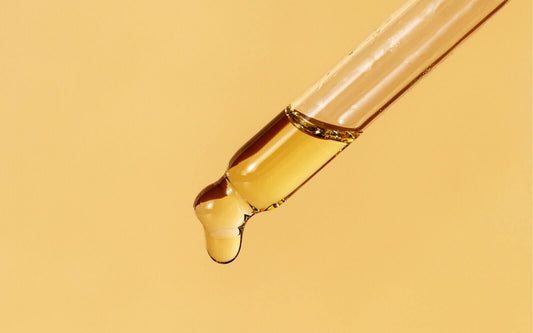
Exploring Wellness Driven Beauty
Juliette van der MeerWellness-driven beauty was one of the top cosmetic trends for 2024, so we thought we would explore this topic a little more in-depth. 'Wellness' is a broad term that encompasses mental, emotional and physical health and wellbeing, so -
What does Wellness mean to Cosmetics?
Wellness-driven beauty is very simply, beauty practices and products that make you feel your best inside and out. They are not overly complicated, but rather sophisticated products and practices that may touch on emotions and contain elements that tickle the senses.
If you are a formulator or have a cosmetic business, here are a few ways to achieve a wellness aspect in your beauty products:
- Health should be prioritised. This means there should not be any ingredients that are considered harmful in any way.
- 'Free from' is a great marketing technique and will assure your customers that your product is free from 'xyz'. Of course, what you decide your product should be free of is entirely up to you.
Here at Essentially Natural, we have quite a list that we don't allow to exist on our store, and you can read all about this here in our ingredients policy.
Recovery and Wellness
There is a focus on sleep and stress reduction - possibly through therapeutic channels such as the use of aromatherapy and essential oils in body products. Essential oils are not only natural fragrances, but they have therapeutic benefits too.
Rest-to-recovery products that work during sleep hours are another way of bringing wellness into cosmetic products. Rest-to-recovery means products designed to be applied at night before bed so that they work during sleep to replenish your skin.
Also, products and rituals that relieve stress are nice to do at the beginning and end of a day - but without the need for too many products or a hectic routine, which may be overwhelming. Simple, effective serums and massage oils are lovely and can be used with a facial tool for added benefit. Hone in on the self-care aspects of skin and hair care, where customers take the time to pamper themselves as a way to relax and relieve stress.
- For a morning routine, consider products that have a fresh, energising scent to wake you up, and that contain caffeine or green tea to stimulate and wake your skin up.
- At night go for products that calm and soothe the skin and senses, and that have hydration and/or moisturisation benefits.
Playful products and packaging designs that are fun, interactive, colourful or play on the senses with different textures and scents can also be classed as wellness products.
If a product can make you feel good then it's doing its job.
Things to Consider When Formulating Wellness-Driven Beauty Products:
Fragrance
- Consider using natural fragrances such as essential oils or even gentle hydrosols, and universal scents that are more gender neutral.
- Examples could be chamomile, lavender, and also scents that match the time of day, such as energising citrus or herbaceous scents for the morning, and softer woodier or floral scents for at night.
Appearance
- The appearance of the product and its packaging are super important and you should put a lot of thought and care into this. Give your customers a product that makes them feel pampered and spoilt, or even rich because it looks so good!
Colour
- Coloured products could evoke different times of day, for example, soft yellows/oranges/greens for the day and pale blues, lavender or pinks for at night. White is another colour that evokes cleanliness and luxury, which may also make your customers feel good.
- The colour of the packaging should also be considered.
Texture
- Texture is most often product-dependent, such as bumpy exfoliating scrubs, silky moisturisers, or gel-like hair products.
Senses
- Sensorial things like cooling or warming sensations, absorption rates and skin feel are all really important.
- Consider how these would be appropriate for the product you are making, and how you could incorporate them to make it a fun experience for the customer.
Routines
- Building a routine for the customer using the products is a good idea.
- Routines are grounding and many find them therapeutic and stress relieving at the end of the day. It is also a chance for the user to carve out some 'me time' for themselves. However, don't make the routine too complex or it can be overwhelming and have the opposite effect.
Inclusivity
- Products could consider factors such as vegan status, cruelty-free, Kosher/Halal, age and gender.
Multifunctional Products
- Many people love a multifunctional product as it saves money and is better for the environment. What's not feel good about that!
Ethics
- Sustainability should be at the core of the product. From ingredient chains to packaging, there isn't room for unsustainable practices anymore.
- Customers are increasingly knowledgeable and well-informed, so transparency and honesty are as key an ingredient in your product as anything.
- Sustainability is important to customers, and when they support a sustainable brand, it also makes them feel good! This makes sustainability an important part of wellness.
- Science-backed claims are important, as you need to back up any claims made for the product.




















